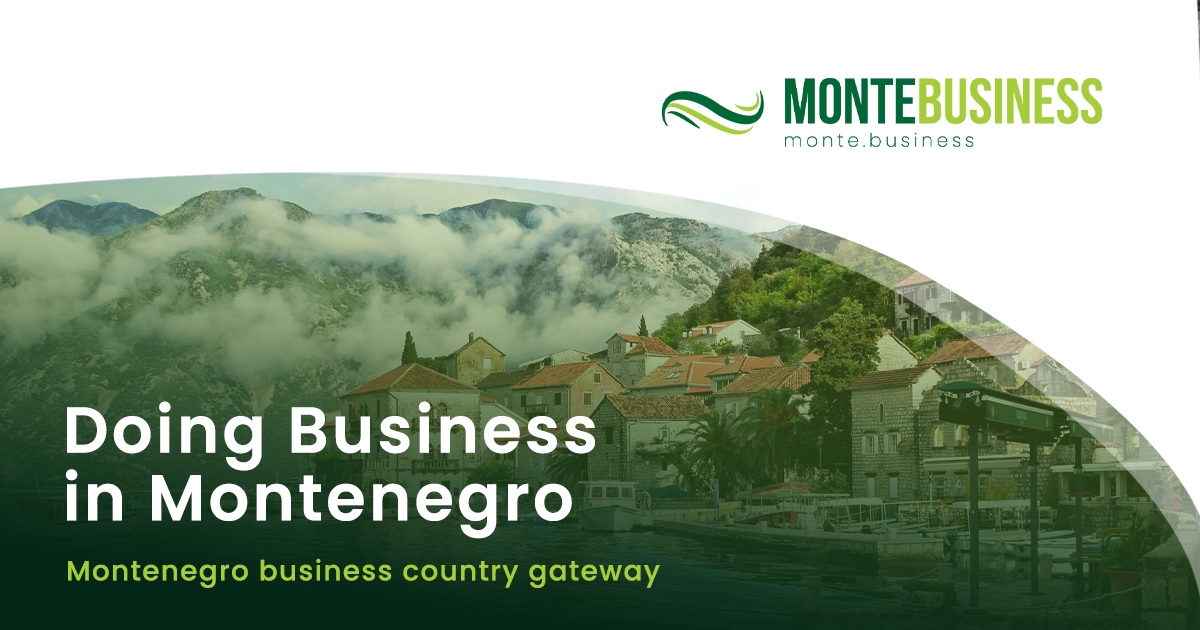At a recent meeting of the Chamber of Economy of Montenegro’s Committee on Banking, Financial Organizations and Insurance, it was affirmed that Montenegro’s banking system remains stable and liquid, despite ongoing concerns about high inflation rates.
The committee reviewed quarterly reports on monetary movements, the banking sector, balance of payments, transactions and the state of capital and insurance markets. Discussions also covered pre-contractual information and strategies to reduce the circulation of coins.
Chaired by Deputy Committee President Radoje Lakić, the session heard from Nikola Milošević of the Central Bank, who highlighted that annual inflation remains elevated. Consumer prices in March showed a 5.5% increase, with a 6% rise according to the harmonized index. Month-on-month, prices increased by 0.5%.
“Preliminary data from Monstat indicated a 4.9% growth in industrial production in the first quarter of 2024 compared to the same period last year,” Milošević noted. “This growth was driven by a 23% increase in manufacturing and a 19.7% rise in mining and quarrying, while the supply of electricity, gas, and steam decreased by 10.5%.”
Forestry activities saw an increase, contrasting with a decline in tourism. Foreign direct investments remained stable compared to the previous year.
Milošević reported that the banking sector remains robust, with total bank assets reaching EUR 6.62 billion by the end of March 2024—a 3.73% increase year-on-year, despite a 0.68% decline from the previous month. Approved bank loans amounted to EUR 4.25 billion, up by 11% annually and 2.28% monthly.
“Deposits in banks as of March 2024 were EUR 5.33 billion, marking a 2.77% annual increase but a 1.20% monthly decrease,” Milošević highlighted. He also noted that banks’ liquid assets were EUR 1.28 billion, down by 23.24% annually and 13.69% monthly.
Danilo Gluščević from the Capital Market Commission reported a decline in trading volume and transactions in the capital market in the first quarter. The MNSE10 and MONEX indices fell by 8% and 5.7%, respectively. Market capitalization rose to EUR 3.6 billion by the end of the quarter.
Mirjana Bošnjak, Chief Analyst of the Insurance Supervision Agency, shared that Montenegro’s insurance sector comprises nine companies, with EUR 46.9 million in total equity capital as of March 31. Insurance companies reported a 12.6% increase in gross written premiums for the first quarter of 2024, totaling EUR 34.5 million.
Regarding the reduction in circulating coins, Sandra Konatar from the Central Bank explained that Montenegro, which uses the euro, manages cash supply through commercial banks in international markets, ensuring smooth payment transactions domestically.
Despite challenges, Montenegro’s financial sectors are actively managing economic dynamics to sustain stability amid fluctuating market conditions.








